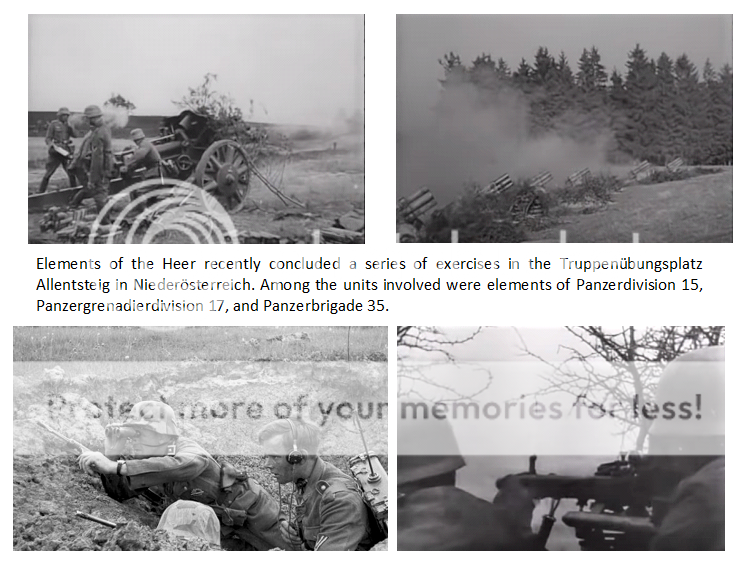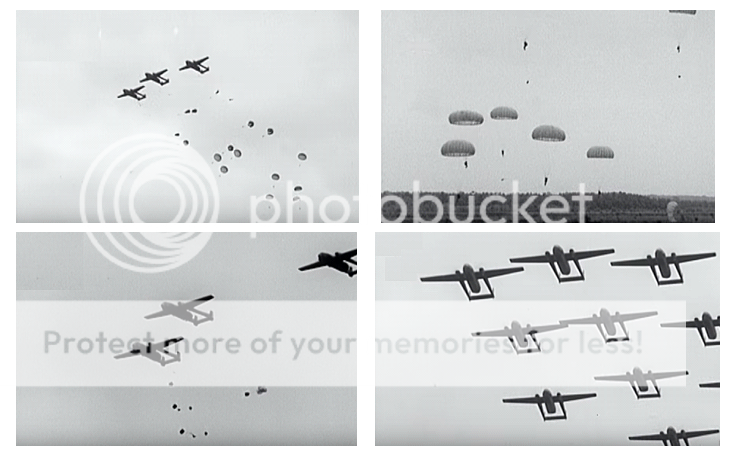Zeitschrift für Handelswissenschaft und Handelspraxis, August 1949
Memel – A Gateway Reopened
The port of Memel is a vital and vibrant element of Germany’s economy. The nation’s northernmost city, blessed with a spacious and normally ice-free port, it remains a portal to the timber resources of the Eastern Baltic and is developing an industrial base to balance its historical reliance on overseas commerce.
The Port of Memel
Since the retrocession of Memel to the Reich the port has seen much investment for modernisation and expansion. No less than four separate terminals operate within the port, all under the aegis of the Memelländische Hafenbehörde. Lying on the eastern shore of the Kurisches Haff they are, from south to north:
The Passenger and Ferry Terminal
One of older portions of the present port, it covers an area of 1.2 hectares and can accommodate vessels of up to 150 metres in length, 45 metres in width and 8.6 metres in draft. In addition to local services the Seedienst Ostpreußen provides frequent connections to German Baltic ports while the Danish firm Det Forenede Dampskibs-Selskab has recently established a direct service between Memel and Copenhagen.
The Bulk Grain Terminal
Recently constructed this facility covers an area of 2.5 hectares with direct rail connections inland. Three piers are operational, and can accommodate vessels up to 180 metres in length, 45 metres in width, and 10.5 metres in draft. Pierside facilities include six grain storage elevators each of 4,500 tonnes capacity and four smaller storage silos each of 1,000 tonnes capacity.
The Cargo Terminal
The largest of the terminal facilities of the port its quays can accommodate up to six vessels of up to 200 metres in length at any one time. The maximum draft alongside is 11.8 metres. Within the terminal there is open storage areas totalling 36,000 square metres and transit sheds covering a further 38,000 square metres. Shore-side cranes are employed to directly transfer cargo to and from freight wagons or trucks.
The Oil Terminal
Located at the northern end of the city the oil port was constructed by the Minol Mineralölhandel AG and only recently completed. Deep sea tankers of up to 220 metres length and 13.8 metres draft can be accommodated at its four piers. The associated tank farm has a storage capacity of 80,000 tonnes of oil and petroleum products. Proposals have been brought forward to connect this facility by pipeline with Russia, permitting oil exports from its western regions on a year round basis.
Inland Connections
Railways
Memel is the ocean terminal for the Vilnius – Memel Railway. This railway was constructed in the latter portion of the Nineteenth Century in competition with the Libau-Romney railway, to better serve the export of grain from the central regions of Russia. Once order was restored following the conclusion of the Lithuanian Civil War reconstruction of this vital link was a priority. Presently its length of 376 kilometres links Memel to the great Russian railway system and as a consequences the gauge employed is the 1520mm Russian Gauge.
Memel is also linked to the Reichsbahn railway network through the standard gauge Tilsit – Memel line, constructed between 1875 and 1880.
Inland Navigation
The River Nieman, which flows into the Kurisches Haff, has long been a gateway for commercial traffic from Poland and Belorussia, and with such man-made improvements such as the Augustów-Kanal (built 1821-1839) extends Memel’s reach even further. Barges carry timber and grain cargos to Memel and return with manufactured goods and bulk cargos of coal.
Roads
Memel is linked to the excellent road system of East Prussia, permitting easy travel by autobus as an alternative to passenger ferry. Unfortunately there are few direct motor road connections with Lithuanian territory, though there are plans to construct such when more essential reconstruction tasks have been completed.
Air Transport
Presently the military airfield Fliegerhorst Memel, located seven kilometres east of the city, is used by civil traffic on a limited basis. It has two runways – a grass airstrip of 600 x 40 metres and an all-weather runway in asphalt concrete of 500 x21 metres. Proposals have been made to construct a new civil aerodrome to serve the city but no decision has yet been reached on its location.
Industrial Development
The principal industrial establishment in the city is the Memel shipyard of the Schichau Maschinen und Lokomotivfabrik, Schiffswerft und Eisengießerei AG. Upon retrocession of the Memel District the Schichau firm was invited by the Government to take on the management of the former Lithuanian naval facilities and presently operates a dry dock and three building slips on the Kurisches Haff between the Passenger and Ferry Terminal and the new Bulk Grain Terminal. While occasional commercial ship repair work is undertaken here, most of the work is performed on behalf of the Kriegsmarine.
Other significant industrial firms located in the city and its environs include:
Aktiengesellschaft für Zellstoff-und-Papierfabrikation Memel – manufacturer of paper, cardboard, and hardboard for packaging and construction.
Memelländische Apparatebau GmbH – maker of telephone and communications equipment.
Memelländische Baumwollspinnerei AG – producer of textiles, employing more than two thousand workers to operate some four thousand looms and 240,000 spindles.
Memelländische Gesellschaft für Holzbearbeitung KG – manufacturer of timber products including plywood, boxboard, and veneers.
Smaller concerns are engaged in the manufacture of ready-made garments, furniture, and food processing, including several bakeries, breweries, and dairies.
The Westlitauische Aktiengesellschaft für Industrie und Finanzen, a joint government and private partnership, has been very active in providing start-up financing, business counselling, and management services to numerous companies in the district.





